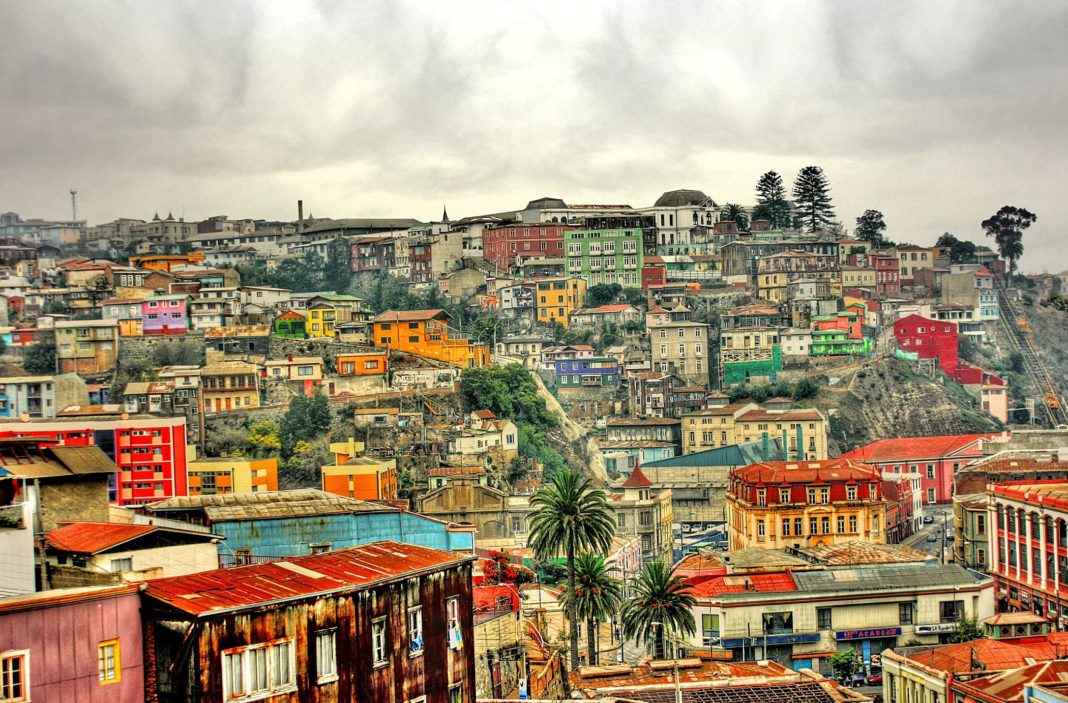Valparaíso attracted many European immigrants, so the city was known internationally by many sailors as “Little San Francisco” or “The Pearl of the Pacific”. The British, French, Italians, Swiss, and Germans abandoned the desperate gold mines of the 19th-century gold rush and sailed south to the city of 42 hills, commanded by the Spanish general Juan de Saavedra named his hometown in memory of his hometown.
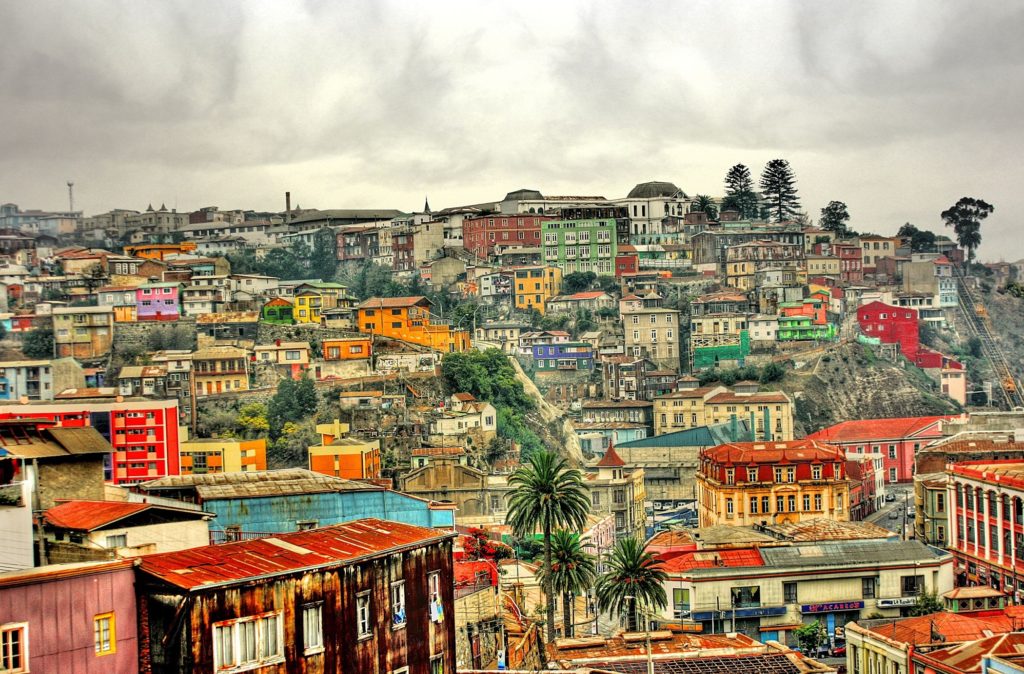
The architecture of Valparaíso’s street is imbued with European fine art lines, adding a bit of antiquity. In Valparaíso, there are 42 cerros (meaning hills) and traditional houses sloping down the steep hillside close to the coast, creating a harmonious city landscape.
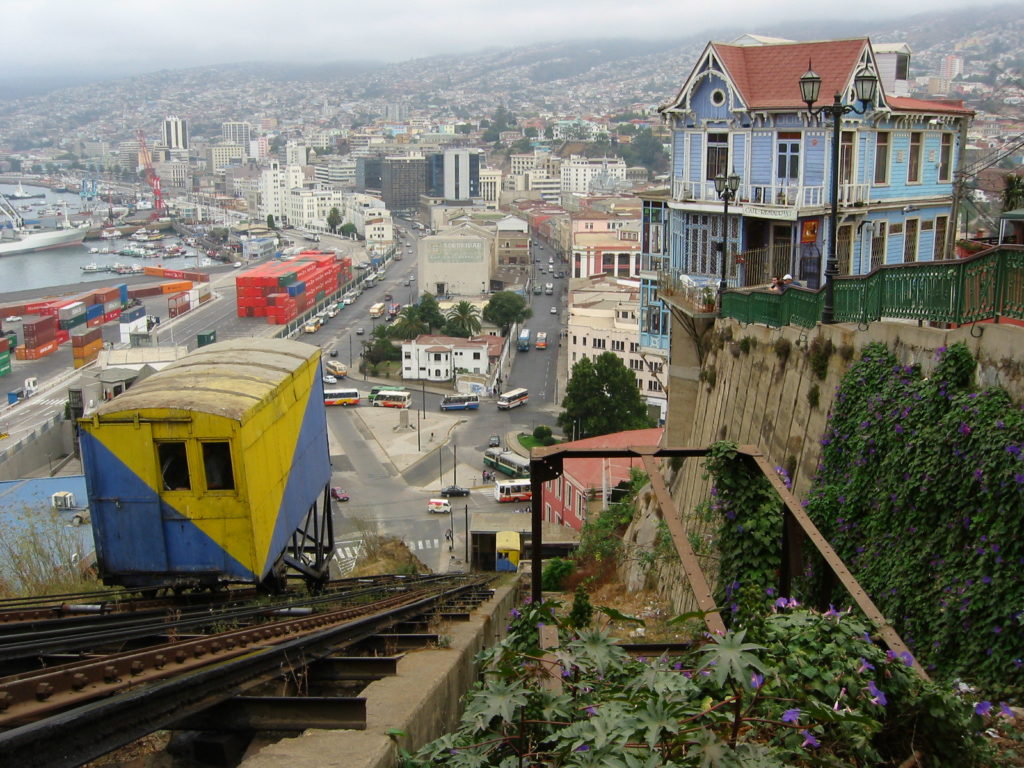
Valparaíso has many different names such as: “art capital”, because it is from here that street graffiti art has spread throughout the South American continent. Not the walls that cause a loss of street aesthetics, graffiti art is increasingly developing with works with complex content, large paintings and the best is 3D drawing.
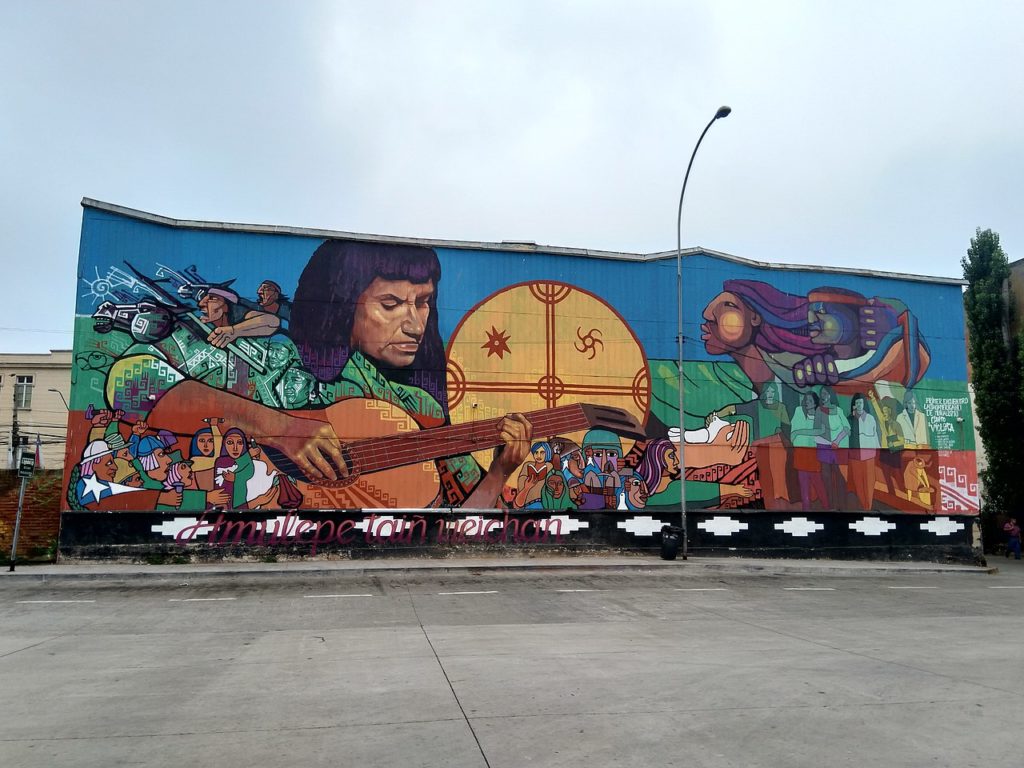
Caleta Portales, the oldest fishing village, was also a traditional occupation village of the Indians before the Spanish expedition arrived here. The traditional fish market Caleta Portales now has become a food court for seafood lovers. Caldillo de Congrio or mink head soup is the signature dish of this place.
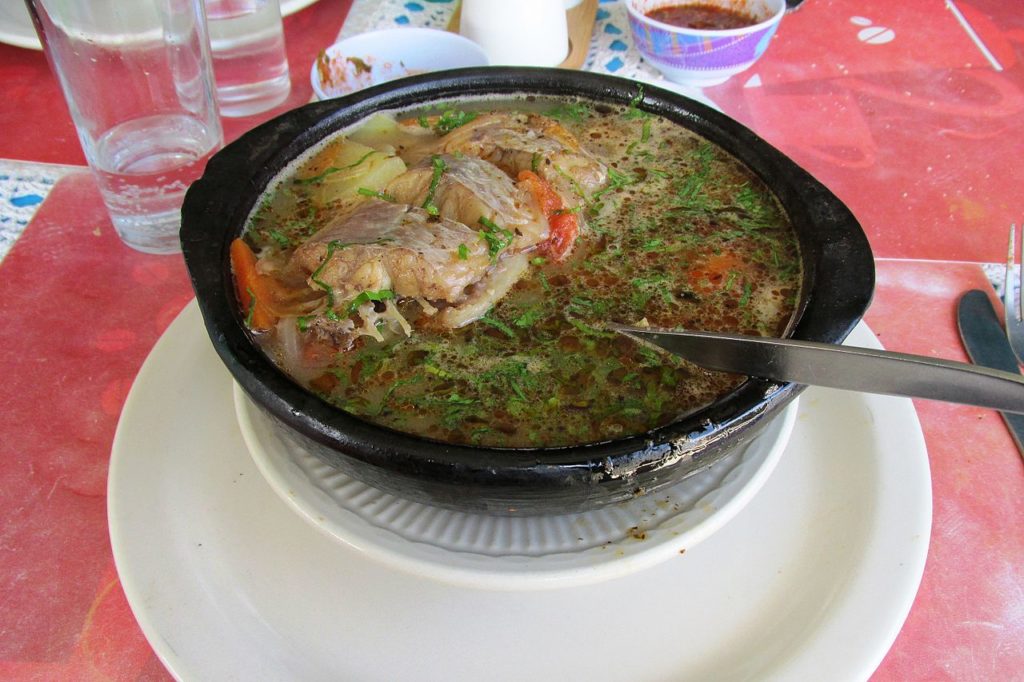
In 2003, the city of Valparaíso was proudly recognized by UNESCO as a world cultural heritage for its historical architectural and artistic value. Dressed in charm and colorful scenery, Valparaíso is considered an endless source of inspiration for famous writers, poets, architects, musicians, and painters around the world.
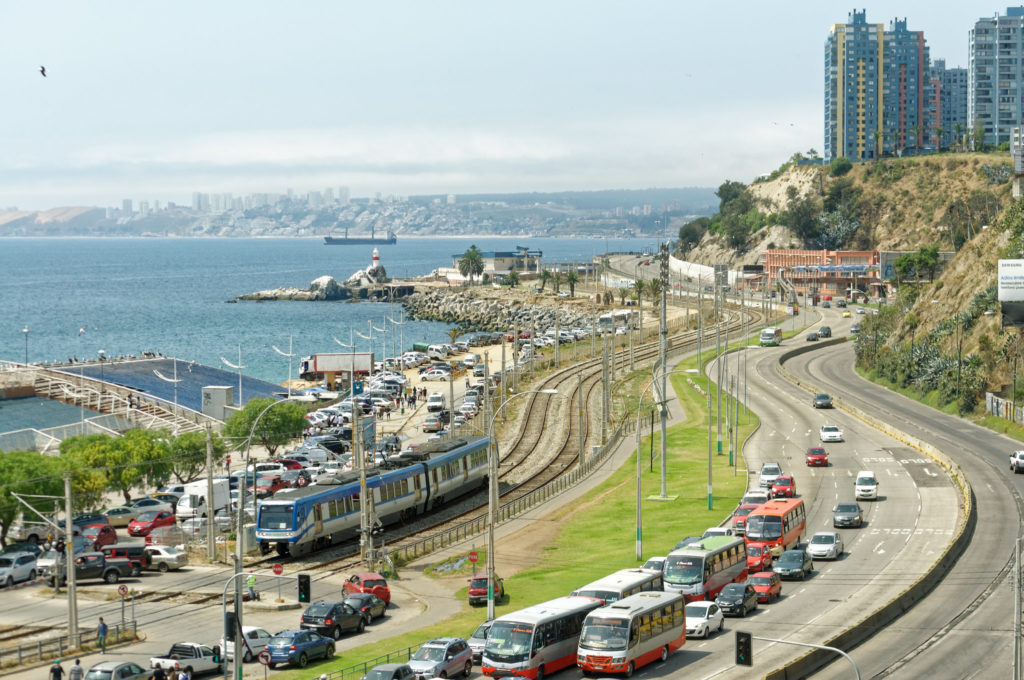
According to the Internet





